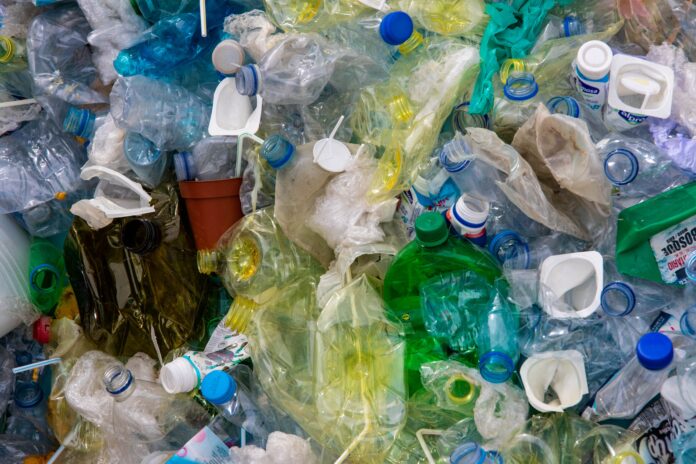Plastic waste and pollution have become major environmental problems in recent years. Plastics are non-biodegradable, which means they do not decompose and can persist in the environment for hundreds of years. This has led to an increase in plastic waste and pollution in landfills, oceans, and other natural habitats. Which is causing harm to wildlife and the ecosystem. Biodegradable plastics have emerged as a potential solution to this problem. And in this article, we will discuss their potential in reducing plastic waste and pollution.
What are biodegradable plastics?
Biodegradable plastics are made from natural materials that can break down into natural elements. Such as water, carbon dioxide, and biomass, under certain environmental conditions. They are designed to degrade over time, which makes them a promising alternative to traditional plastics. Biodegradable plastics can be made from a variety of materials, including starch, cellulose, and polylactic acid (PLA). Unlike the plastic currently in use, Biodegradable plastics do not accumulate and degrade over time under specific environmental conditions. Some examples of Biodegradable plastics are bio-polyethylene terephthalate (bio-PET), bio-polyethylene (bio-PE), and bio-polyamides (bio-PA or nylon).
The potential of biodegradable plastics in reducing plastic waste and pollution
One of the main benefits of biodegradable plastics is their ability to degrade the environment. This means that they can reduce the amount of plastic waste that ends up in landfills. In traditional landfills, plastics can take hundreds of years to decompose. As they break down, they release harmful chemicals into the environment, contributing to pollution. Biodegradable plastics, on the other hand, break down much faster, reducing the amount of plastic waste in landfills.
Another benefit of biodegradable plastics is their potential to reduce plastic pollution in the oceans. Plastic pollution in the oceans is a growing problem, with millions of tons of plastic waste entering the oceans every year. This has a devastating impact on marine life and ecosystems. Biodegradable plastics can help to reduce this pollution by breaking it down in the ocean environment. This reduces the amount of plastic waste in the ocean and helps to protect marine life.
The challenges of biodegradable plastics
While biodegradable plastics offer significant benefits, there are also challenges associated with their use. One of the challenges is the misconception that biodegradable plastics can be littered without any environmental impact. While biodegradable plastics do break down over time, they still contribute to pollution if not disposed of properly. It is important to properly dispose of biodegradable plastics through composting or recycling to maximize their environmental benefits.
Another challenge is the availability and cost of biodegradable plastics. Currently, biodegradable plastics are not as widely available as traditional plastics, and they can be more expensive. This is due to the production process and the materials used to make them. However, as demand for biodegradable plastics increases, it is likely that production costs will decrease, making them more affordable.
Finally, recycling and composting biodegradable plastics can also be a challenge. While biodegradable plastics are designed to break down in the environment, they require specific conditions to do so. This means that they cannot be recycled or composted in the same way as traditional plastics. Composting biodegradable plastics requires a specific environment and process, which may not be available in all areas.
Conclusion
Biodegradable plastics have the potential to reduce plastic waste and pollution, but they are not a silver bullet. They offer significant benefits, such as reducing plastic waste in landfills and pollution in the oceans. But as with any new technology, there are some challenges that need to be addressed. Misconceptions about biodegradable plastics need to be addressed, and efforts need to be made to increase availability and reduce production costs. Proper disposal of biodegradable plastics through composting or recycling is also important to maximize their environmental benefits.
Overall, biodegradable plastics offer a promising solution to the problem of plastic waste and pollution, and we must continue to explore their potential. As individuals and businesses, we can do our part by adopting biodegradable plastics where possible. This includes using biodegradable bags, straws, and food containers, among other things.
And as always folks if you want to read similar informative articles go to the Global Growth Forum. And for those who like reading articles in Hindi check out the Mojo Patrakar.



